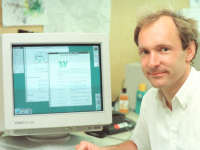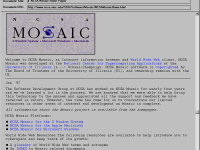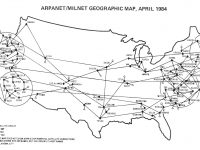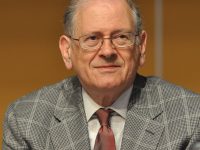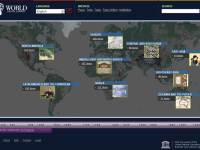Scott Fahlman and the Origin of the Emoticons :-)
On September 19, 1982, Scott Fahlman posted the first documented emoticons 🙂 and 🙁 on the Carnegie Mellon University Bulletin Board System. As SMS and the Internet became widespread in the late 1990s, emoticons became increasingly popular and were commonly used on text messages, internet forums and e-mails. Emoticons have played a significant role in communication through technology. “I often think there should exist a special typographical sign for a smile —…
Read more


